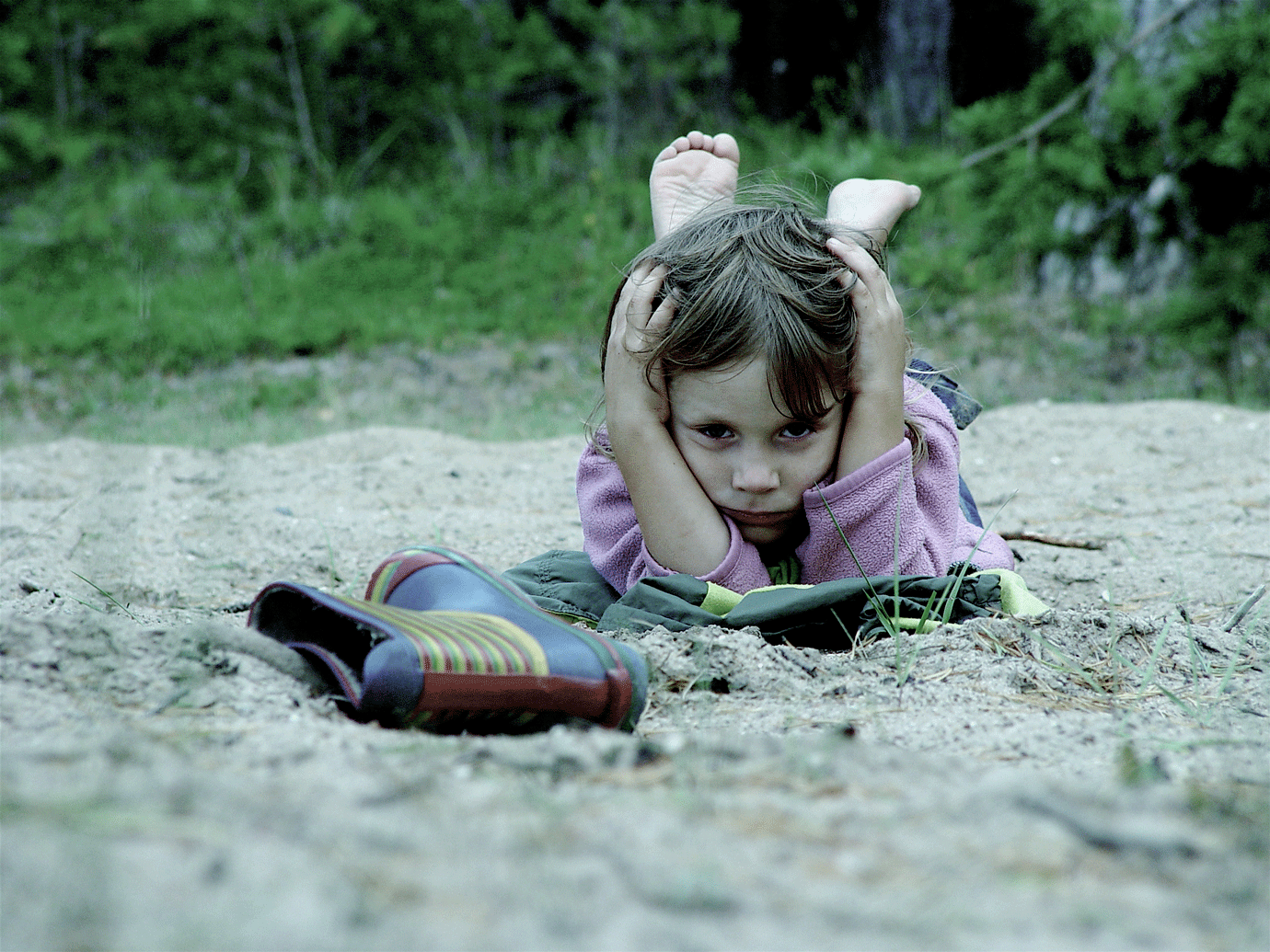
Studies show that on an average, 1 to 2 per cent of children across the globe are diagnosed with ASD or Autism Spectrum Disorder. ASD is a spectrum of conditions that are associated with pervasive development disorders – which can also include learning disabilities, language and motor disorders and co-ordination disorders. Other problems include attention-deficit hyperactivity disorder (ADHD) and obsessive compulsive behaviours (OCDs) which are not exclusive to neuro-developmental issues.
On the occasion of World Mental health Day, we list out common symptoms that children with the above disorders show. While these have no direct relations with mental health, not managing the condition increases the risk of mental health problems.
If your child or children are showing any of the following, it is best to consult a paediatrician immediately. It may be nothing more than a phase, but knowing early can help you and more importantly, your child.
- Communication disability and/or extreme social awkwardness
- Rudeness due to lack of understanding of social cues- Inability to make eye contact,
- Repetitive or obsessive compulsive behaviour and/or arranging things in continuous lines (with children getting extremely upset if the arrangement is disturbed),
- Picky eating (with a strong tendency to get very upset and refusing to eat if food item is changed)
- Lack of responsiveness (sensory)
- Too sensitive to light, sound, noise and other sensory stimuli
- Wanting to be alone or seeking out places to be alone
- Hurting other children or adults with no provocation (repeated instances)
- Lack of focus and extreme activity
- Extremely averse to going to school despite showing signs of high intelligence.
- Difficulty in handling cutlery and pens or pencils even after repeated help
- Clumsiness and prone to falling frequently with no visible or significant trigger (after the age of 5)
- Regular appearance of bruises from bumping in to things at school or at home
- Inability to understand jokes or social cues appropriate to age
- Inability to read and write relative to age and level in school
- Any other repetitive behaviour uncharacteristic to age or normal behavioural patterns











